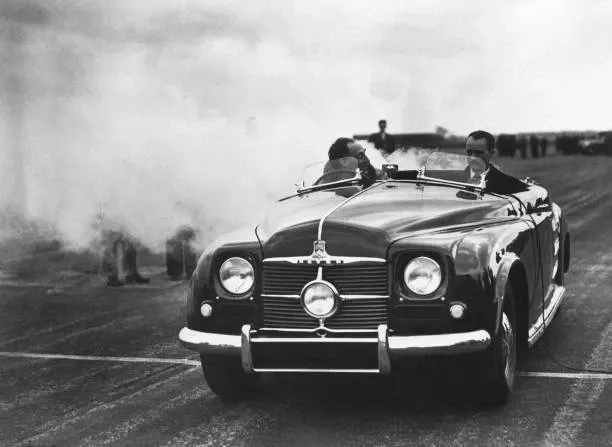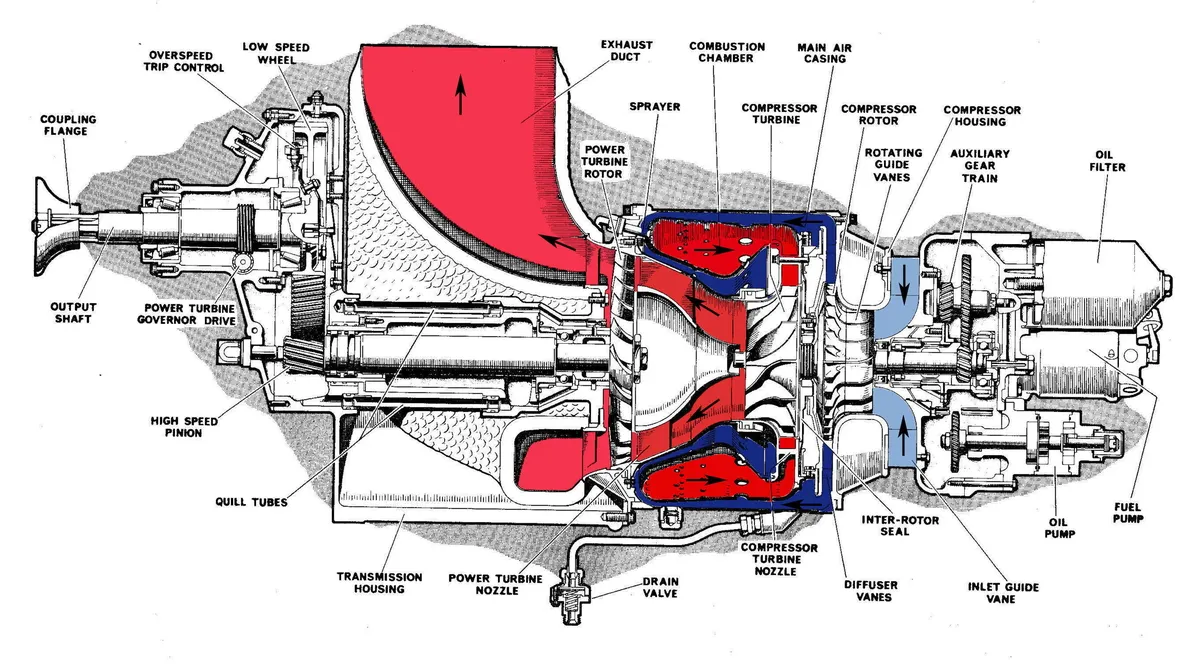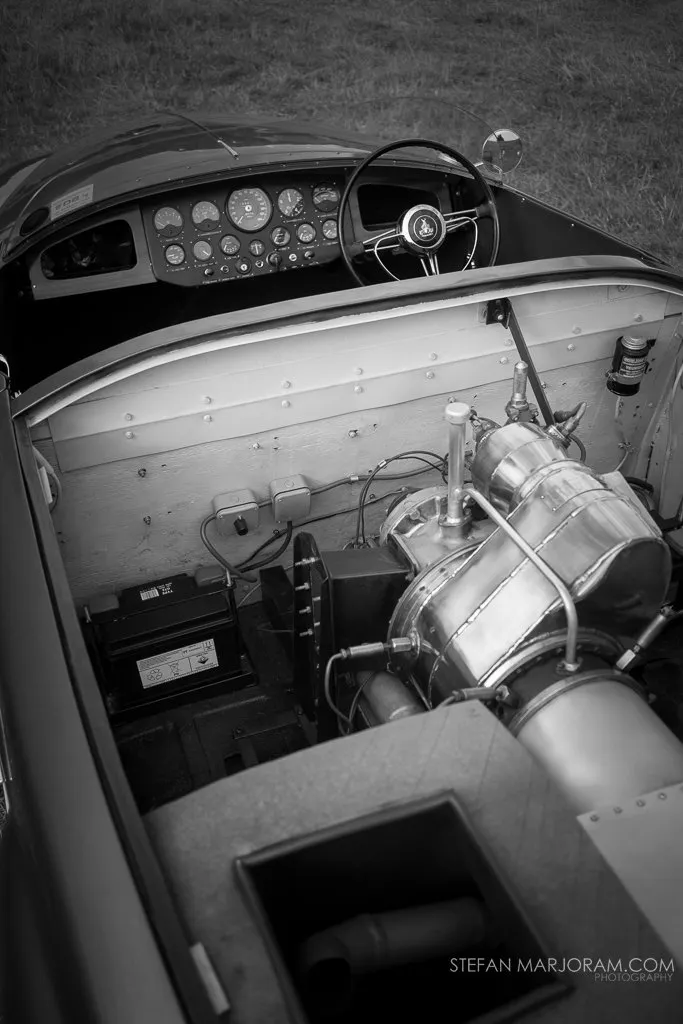When Austerity Britain Built a Jet Car

After the Second World War, Britain was broke, exhausted, and still cleaning up the rubble. Years of austerity motoring and petrol rationing were ahead. So, what did the engineers at one of its most sensible car companies decide to do? They decided to build a fantastically expensive and utterly pointless jet-powered car, of course. The Rover Jet 1 is perhaps the most perfect expression of the British industrial mindset of the era: a magnificent, world-beating technical solution to a problem that absolutely no one had. It is a story of immense cleverness and a complete and total lack of common sense.
The project was driven by the Wilks brothers, the famously pragmatic men who ran Rover, a company that specialised in building wheeled armchairs for bank managers. The fact that these men signed off on a car with a jet engine tells you everything you need to know about the strange, ambitious mood of post-war Britain. Having helped Frank Whittle build the engines that won the war, they saw no reason why this new technology shouldn't be used to liven up the commute to the office.
A Triumph of Engineering Over Reason
The car itself was a classic piece of British over-engineering. It was a beautiful, open two-seater with vast air intakes and a rear end that looked like the back of a Vulcan bomber. It didn't have a clutch or a gearbox, just a 200-horsepower turbine spinning at a faintly terrifying 40,000 rpm. The problems were, of course, immense. The throttle lag was so long you could pop off and make a cup of tea between putting your foot down and anything actually happening. And the fuel consumption was measured not in miles per gallon, but gallons per minute.
But these were seen as minor details, trivialities to be sorted out later. The important thing was that they had done it. They had built a jet car. A deeply British approach to product development. The press, when it was demonstrated in 1950, described its "whining shriek" and the visible heat haze from its exhausts. It was a rolling spectacle.
A Pointless World Record
Then, in 1952, Rover took it to Jabbeke, a closed stretch of road in Belgium. The car, billed by an excitable press as a “rocket on wheels,” ran at a staggering 152 miles per hour. According to a young engineer on the project named Spen King, the car was, terrifyingly, still accelerating when it passed the timing mark.
The achievement made headlines around the world. Of course, it proved absolutely nothing about the car's viability as a usable piece of transport, but that was hardly the point. The point was the glorious publicity: a magnificent piece of patriotic flag-waving, a much-needed boost to national pride after years of post-war austerity, and proof that Britain could still build the most brilliantly bonkers machines on the planet.
A Glorious Dead End
The jet car was, of course, a glorious dead end for the public road. Rover continued to experiment with the technology for years, but it was too complex and thirsty for the real world. Its true legacy, however, was immense. The turbine technology was a direct influence on a new generation of helicopter engines, but on the ground, the Jet 1 had lit a fire.
It sent a shockwave through the global car industry. For the next decade, the American giants like Chrysler and General Motors would spend millions of dollars developing their own extravagant, futuristic turbine concept and prototype cars." But it's important to remember, they were all following the lead of a few clever men in a shed in Solihull. Britain, for once, had gotten there first.
The project was a tribute to a time when British engineers, fresh from winning a war, genuinely believed they could solve any problem, no matter how absurd. They were usually right about the engineering, and almost always wrong about the money. And that, in a nutshell, is the story of the British motor industry.
The original Jet 1 was retired to the Science Museum in London, where it remains a beautiful, silver-blue symbol of that magnificent era of misplaced optimism. It is a car that asks a very simple question: why? And answers it with an even simpler one: why not?









